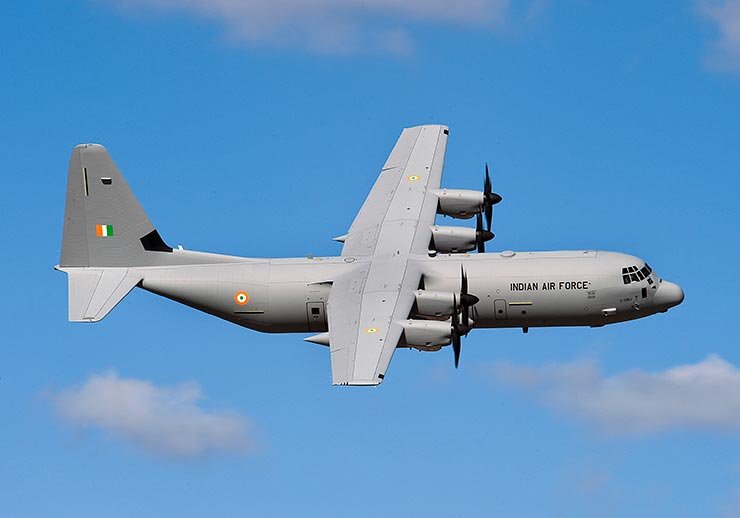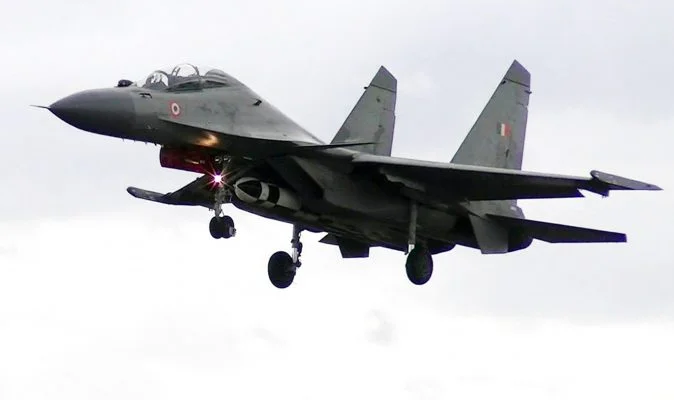A profound transformation is underway in how we manage complex systems, fundamentally redefining the relationship between the physical and digital worlds. At the core of this shift is the concept of the Digital Twin: not merely a static digital model, but a living, data-driven replica of a physical asset, continuously updated by real-time telemetry and operational feedback.
Initially developed for demanding applications such as space missions and high-end engineering environments, Digital Twins are now being adopted across critical sectors, from power distribution and transportation to biomedical engineering and manufacturing. Their inherent value lies in enabling continuous diagnostics, predictive analytics, and scenario-based decision-making in real time. Nowhere is this capability more urgently needed than in the realm of aviation.
Why Aviation Needs Digital Twins—Now
Aircraft represent engineering achievements of the highest order. They operate in some of the most extreme conditions imaginable, subjected to intense mechanical, thermal, and aerodynamic stresses. Despite these rigorous demands, aviation maintenance practices in many parts of the world, including India, largely remain governed by rigid, calendar-based schedules rather than dynamic, real-time operational insights.
This approach often results in inefficiencies, either aircraft being over-maintained, leading to increased costs, or wear being underestimated, risking performance degradation or safety lapses. For defence aviation, the stakes are even higher, as mission readiness can critically depend on the immediate availability of every aircraft.
Digital Twins offer a fundamental shift in this paradigm. Modern aircraft generate immense volumes of sensor data from their engines and flight control systems to avionics and environmental monitoring. When effectively harnessed, this data can be transformed into a dynamic operational model of each individual aircraft, precisely capturing wear patterns, stress profiles, and environmental impacts in real time. More than just a diagnostic tool, a well-structured Digital Twin can predict failures, intelligently schedule maintenance interventions, and support safer, more cost-effective operations.
Strengthening Combat Readiness
For the armed forces, operational readiness hinges not simply on the total number of airframes, but critically on how many are combat-ready at any given moment. Every grounded aircraft directly impacts deterrence, delays response capabilities, and restricts strategic flexibility.
India’s air fleet ranges from Su-30MKIs and MiG-29s to transport aircraft like the C-130J and indigenously developed platforms such as the Tejas. Each aircraft operates within unique climatic, geographic, and mission profiles. A Digital Twin approach would provide real-time visibility into fleet health, optimise asset utilisation, and enable more accurate mission planning
Global benchmarks provide valuable insights. The F-35 program, for instance, employs a comprehensive fleet-wide Digital Twin system to monitor individual aircraft health, enhance reliability, and guide predictive maintenance. This approach has led to measurable improvements: fewer unscheduled repairs, higher operational availability rates, and notably, increased pilot confidence.
India’s air fleet is both diverse and geographically dispersed, encompassing platforms from Su-30MKIs and MiG-29s to transport aircraft like the C-130J and indigenously developed platforms such as the Tejas. Each aircraft operates within unique climatic, geographic, and mission profiles. A Digital Twin approach, specifically tailored for each platform and adapted to Indian operational conditions, would provide real-time visibility into fleet health, optimise asset utilisation, and enable more accurate mission planning. The ultimate result would be higher operational availability coupled with reduced maintenance uncertainty.

Civil Aviation: Meeting Tomorrow’s Demands
India’s commercial aviation sector is experiencing rapid expansion, poised to become the third-largest market globally. This growth places dual pressure on carriers: the imperative to expand capacity while simultaneously ensuring fleet reliability and stringent cost control.
Digital Twin systems are already yielding tangible results in civil aviation worldwide. Rolls-Royce’s engine monitoring program, which continuously evaluates in-flight performance, facilitates condition-based maintenance rather than relying on fixed-cycle overhauls. Similarly, Airbus’ Skywise platform supports system-wide monitoring across entire fleets, empowering airlines to reduce unexpected faults and minimise maintenance downtime.
For Indian carriers, the potential benefits are immense. Predictive maintenance, powered by Digital Twins, can significantly reduce Maintenance, Repair, and Overhaul (MRO) costs, improve on-time performance, and minimise flight disruptions. In a market as price-sensitive as India’s, these operational efficiencies are not merely advantageous; they are essential for long-term sustainability and growth.
Quantifying the Impact
The advantages of adopting Digital Twins are not theoretical; they are quantifiable. Predictive maintenance can reduce lifecycle servicing costs by 15–30%. Aircraft availability can improve by up to 40%, accompanied by a reduction in emergency repairs and more efficient resource planning. For defence aviation, this translates directly to more sorties and enhanced tactical responsiveness. For civil aviation, it means fewer cancellations, improved passenger satisfaction, and greater cost control.
For Indian carriers, the potential benefits are immense. Predictive maintenance, powered by Digital Twins, can significantly reduce Maintenance, Repair, and Overhaul (MRO) costs, improve on-time performance, and minimise flight disruptions. In a market as price-sensitive as India’s, these operational efficiencies are not merely advantageous; they are essential for long-term sustainability and growth
A Call for National Strategy
India is uniquely positioned to assume a leadership role in this technological domain. What is required now is a strategic, coordinated national push. A national pilot program should be launched to develop Digital Twin infrastructure for select airframes—such as the Tejas or a representative commercial sub fleet like the A320.

This pivotal initiative should bring together key national entities: Hindustan Aeronautics Limited (HAL), Defence Research and Development Organisation (DRDO), Directorate General of Civil Aviation (DGCA), and Indian Space Research Organisation (ISRO). Their efforts should be further supported by leading academic institutions such as the IITs and specialised research hubs. Artificial Intelligence (AI) startups and engineering innovators can provide the modular tools and scalable platforms essential for implementing and refining robust Digital Twin capabilities.
The technical architecture for this program must include robust real-time telemetry capture, secure hybrid cloud infrastructure, advanced machine learning-based anomaly detection, and seamless integration with existing MRO systems. Crucially, the algorithms must be trained using extensive Indian operational and environmental data to ensure their utmost relevance and accuracy.
Over time, this very architecture can be extended to include Unmanned Aerial Vehicle (UAV) fleets, defence logistics chains, and rotorcraft. By embedding intelligence across the entire asset lifecycle, from procurement and operations to eventual disposal, India can transform its aviation ecosystem into one that is not only self-reliant but also strategically agile.
The Strategic Edge
Investing in Digital Twins is more than just embracing a technological trend. It is about securing operational superiority, optimising asset management, and building formidable sovereign capability in one of the most critical sectors of national infrastructure.
While aircraft will undoubtedly continue to evolve in design and performance, the next major leap in aviation will fundamentally stem from how we digitally understand and manage them. Every component generates valuable insight; every sensor meticulously records its history. The key is no longer merely to collect this vast amount of data, but to harness it intelligently to make aviation smarter, safer, and truly ready for the challenges and opportunities that lie ahead.
-The writer is an Indian Army veteran. Post-retirement, transitioning into senior leadership roles across the corporate, government, and academic sectors, he headed defence programmes at Larsen & Toubro, served as Chief of Staff in key Union ministries, and was the Director of Technology Verticals at Rashtriya Raksha University (RRU). He also served as the Managing Director of two defence tech-focused incubators, fostering innovation at the intersection of national security and emerging technologies. An alumnus of IIT Delhi and the Defence Services Staff College (DSSC), he is a recognised expert in cybersecurity, artificial intelligence, and national security strategy. He is currently the CEO of Rathon AI and an advisor at ThorSec Global, a strategic security consultancy.






